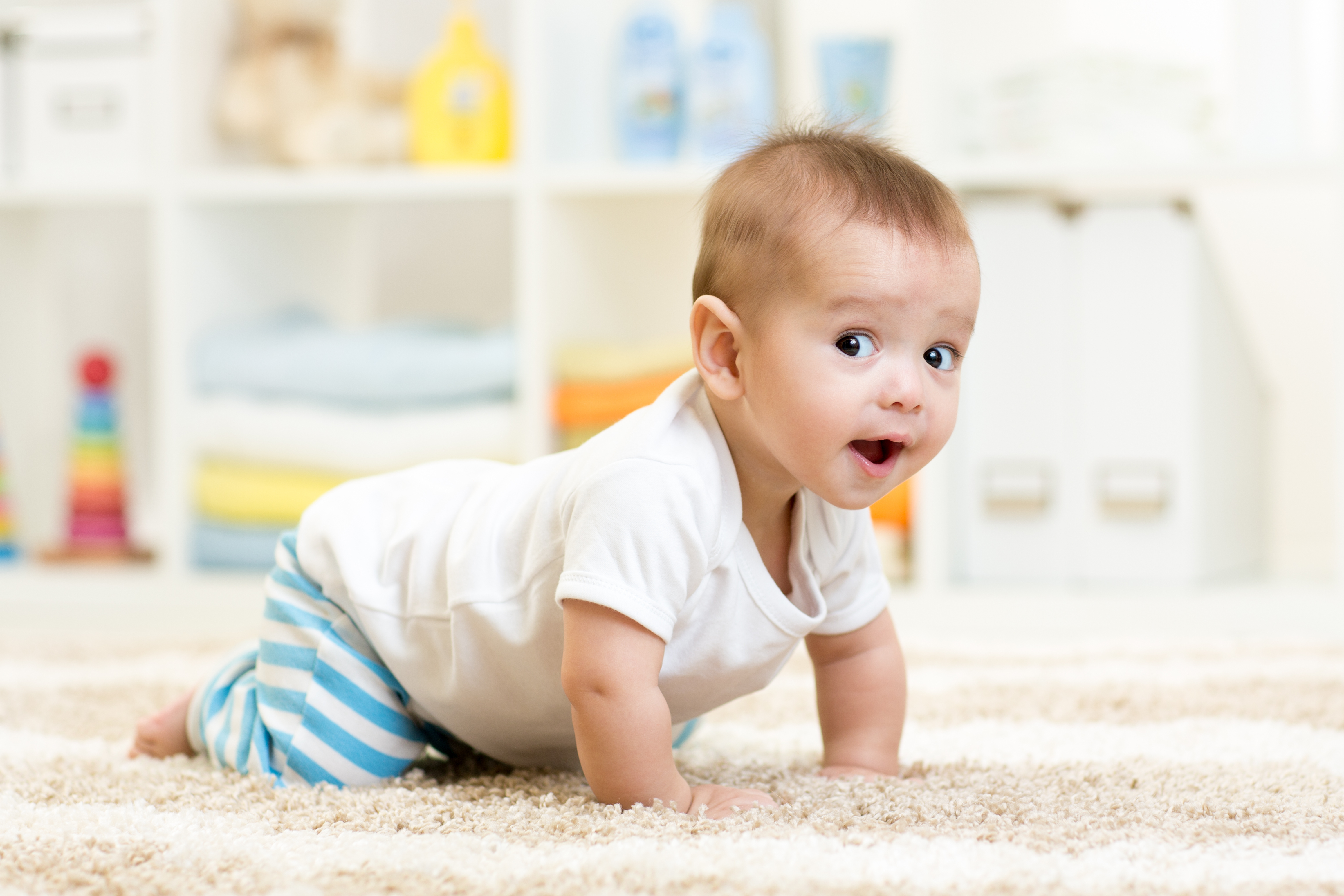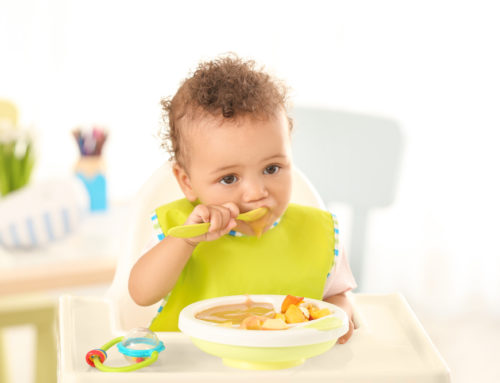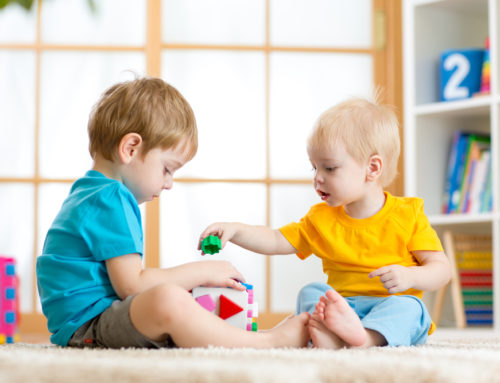_x000D_
Before your child turns one year of age, you’ll be amazed by all the milestones that have taken place, from holding up their head, to possibly taking that first step. While these moments are tremendously exciting, some are also fraught with dangers that can turn everyday new parent experiences into worrisome situations.
In recognition of the Juvenile Product Manufacturers Association’s (JPMA) Baby Safety Month, experts share their tips about safeguarding little ones from common household mishaps. Here’s how to take the proper precautions as your baby grows into toddlerhood—and play it safe.
Strap Safety
In conjunction with this year’s theme of strap safety, the JPMA cites that falls remain the leading cause of non-fatal injuries for young children in the United States. “Approximately 8,000 children are treated in emergency rooms for fall-related injuries every day,” says Kelly Mariotti, executive director, JPMA.
And while the majority of parents are using their baby’s car seat safety straps, they are not taking full advantage of other products equipped with safety precautions. According to an August 2017 BabyCenter.com/JPMA poll, 93 percent of moms strap baby into their car seat, followed by 75 percent using stroller straps and 56 percent using high chair straps.
Although direct supervision is the best way to prevent injuries, the JPMA recognizes the fact that parents can’t realistically keep their eyes on their child every second. But when using baby gear, take the extra minute to put on the safety belts and straps. “Be sure to read and follow all manufacturers’ instructions and warning labels, including minimum and maximum weight and age requirements,” adds Mariotti.
In contrast, straps of another variety—from purses, computers, window blinds and other products—pose a potential hazard for older, curious babies. “What [these children] don’t have is the cognitive ability to discern whether that strap is going to come tumbling down on them,” says Nancy Spigelman, co-owner of Wonder Years Babyproofing (http://www.wonderyearsbabyproofing.com). Keep any dangling cords out of reach, and be sure to tuck in purse and computer bag straps—away from prying hands.
Sudsy Safety; Safe Slumber
Tub time is another opportunity to take the proper precautions when bathing a young child. For starters, Spigelman recommends using a non-slip bath mat and only filling the tub with a few inches of warm water. “Use your elbow to test the temperature of the water and set your water heater to 120 degrees,” she says, adding that this will prevent older babies from scalding themselves if they accidentally turn on the water. Furthermore, the JPMA cautions against using a bath seat or ring unless a child can sit up unassisted. Most importantly, experts agree about you should never leave a child in the tub unattended.
Another area of concern is in the crib, where soft bedding and bumpers can create an unsafe environment for young babies. To reduce the risk of SIDS, the JPMA advises that all babies be put to sleep on their backs on a fitted sheet. Sleep sacks are preferred over loose blankets to minimize any choking hazards. Bedding sets, quilts and other decorative blankets can be repurposed as wall art for the nursery.
Plugged In
Mobile babies love to explore their surroundings and have an uncanny knack for discovering the most out-of-reach spots—and that includes electrical outlets. While safety covers may seem like an obvious babyproofing choice, Spigelman offers a more practical alternative. “Many people like to use a plug, but we recommend a sliding outlet cover,” she notes. “It protects in two ways: if the outlet isn’t being used and [secondly], if the outlet is being used and the baby pulls out the plug, the outlet is still protected.”
Rather than being caught off-guard by the sudden need to babyproof, experts agree that getting a jump on creating safe spaces is good for both parents and kids. “Monitor your child’s growth and development, and always try to stay one step ahead,” recommends Mariotti. “For example, don’t wait until your baby starts crawling to block outlets or put up stairway gates. Install them in advance, so the entire family gets used to them and the baby doesn’t associate his newfound milestone with barriers.”
_x000D_
_x000D_




